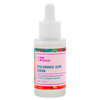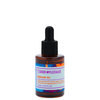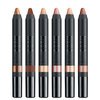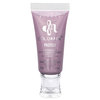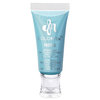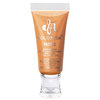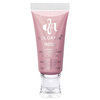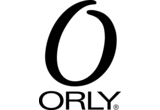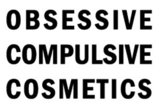
Move over lead lipstick—nail color is one of the worst modern beauty offenders. Over the past decade, lacquers have come under consumer scrutiny for certain toxic chemicals which have the potential to absorb into your nail bed and bloodstream. Most in the know are aware of the three main nail care criminals: Toluene, Dibutyl Phthalate (DBP), and Formaldehyde (commonly referred to in eco-friendly formulations as 3-Free). But is the industry trying to detoxify nail polish's rep even further? Absolutely! Soon, 4-Free and 5-Free nail color will be the norm.
The term "3-Free" has been a popular slogan among the eco-conscious. And while many companies have made the effort to launch clean formulas with the same rich pigment you know and love, it's not the most cost-effective option. "Many manufacturers have begun removing these three ingredients from their products, but continue to skirt the issue by using formaldehyde resin," reveals Obsessive Compulsive Cosmetics founder David Klasfeld. "Simply put, manufacturers essentially reduce formaldehyde from being a singular ingredient to a component of an ingredient. It gives companies the ability to reduce—not eliminate—formaldehyde and still get the 3-Free name." He proudly calls his own vibrant, vegan, and sans-resin nail lacquers 4-Free. And in addition to the resin loophole, camphor is also a developing source of contention. The plasticizer is topically safe in most instances, but it can accumulate to toxic levels when absorbed by the nail bed and cuticles. “Early in my career, I personally began experiencing headaches, nosebleeds and rashes from toxic nail color, which ultimately drove me towards the “green” direction,” says eco-friendly nail stylist Jenna Hipp. A favorite of health-conscious celebrity clients, she’s also partnered on a collection with 5-Free nail brand RGB Cosmetics (no camphor!).
Let’s not discredit the trailblazers—3-Free was an important stepping stone in the industry, but eco-friendly nail standards are ready for a new milestone. “It was a good place to start, but it’s really past the time for companies to continue using formaldehyde in the formulation of their products at all,” says David. Unfortunately, many products in a saturated market tout “green” without truly being so, and buying into a buzzword isn’t enough. “My best advice is that women read the ingredient labels,” says Jenna. “With added customer demand, big companies will be forced to change. It really does start with you!”
Featured Products
-
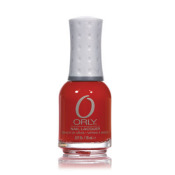
Orly
Nail Lacquer
/ 43
-

OCC
Nail Lacquer
$11
/ 31
-

RGB
Nail Polish
$18
/ 18
También te puede gustar
-

Face Skincare
7 Floral Ingredients for 7 Common Skin Concerns
- 1
-
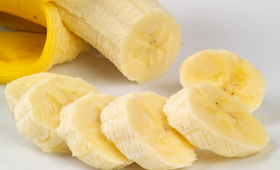
Face Skincare
DIY Banana Beauty Recipes
- 992
-
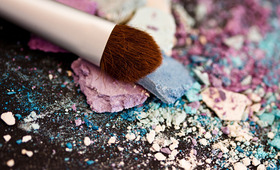
Makeup Tools
The 5 Most Useful Makeup Brushes in Your Kit
- 748
-
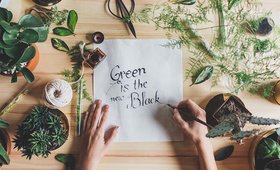
Eco Beauty
How to Make Your Beauty Routine More Eco-Friendly
- 2
-
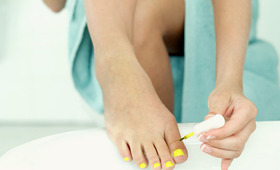
Nail Polish
Three Polishes to Perk Up Your Pedi!
- 110
-
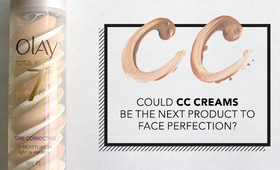
BB Creams
Could CC Creams Be The Next Product to Face Perfection?
- 954
-
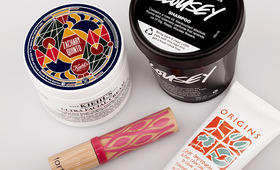
Eco Beauty
Happy Earth Day! Six Earth-Friendly Products We Love
- 820
-
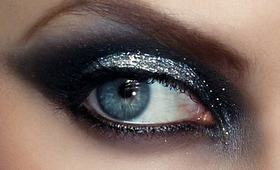
Smoky Eye
Best New Smoky Eye Palettes
- 144





